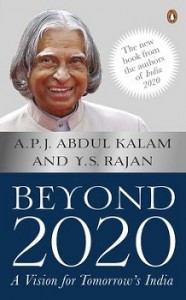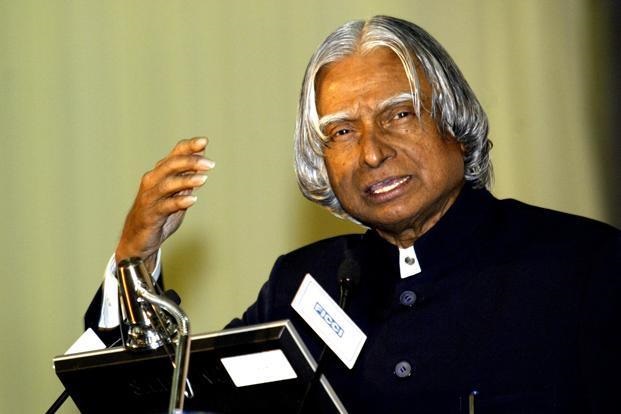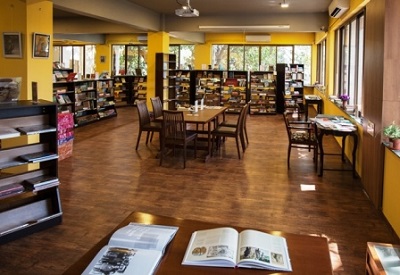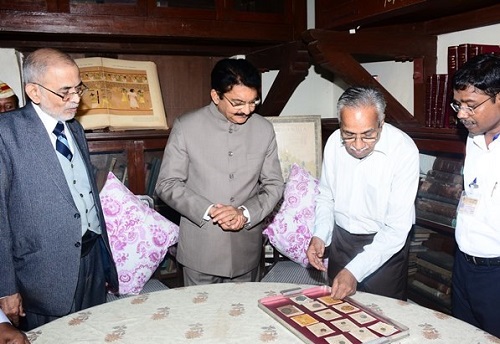APJ Abdul Kalam’s newest book raises several questions, but sadly, does not provide any answers, nor touch upon current realities.
by Humra Quraishi
Beyond 2020 – A Vision For Tomorrow’s India is the latest book written by ex-President APJ Abdul Kalam and YS Rajan. It focusses on India’s future progress in the backdrop of the existing facts and figures and the present-day situation in the country.
To quote from Dr Kalam’s introductory chapter, “Our book Beyond 2020 has fifteen chapters with extensive details on how to take the nation from progress to progress by pushing through missions on industries, services and agriculture. I feel the crying need in the country is not a shortage of plans, but arriving at the correct methodologies to implement the plans and figuring out how to reach the benefits to the people for whom the plans are intended. Today, the challenge before India and every nation is reaching the reforms and benefits to the targeted population…”
 He minces no words anywhere in the volume, often coming straight to the core of the issue with refreshing candour: “Based on my work in universities in India and abroad, during my teaching and research association, I have come to the conclusion that it is essential to evolve a sustainable development system framework, in the way the Providing Urban Amenities in Rural Areas (PURA) project has taken root in India. The major research and action needed is on how the benefits of sustainable development can reach the targeted population of our country.
He minces no words anywhere in the volume, often coming straight to the core of the issue with refreshing candour: “Based on my work in universities in India and abroad, during my teaching and research association, I have come to the conclusion that it is essential to evolve a sustainable development system framework, in the way the Providing Urban Amenities in Rural Areas (PURA) project has taken root in India. The major research and action needed is on how the benefits of sustainable development can reach the targeted population of our country.
“Hence, we have evolved two unique systems: one is called the ‘User Community Pyramid’ (UCP) and the other the ‘Societal Development Radar’ (SDR). The UCP is an integrated solution based on technologies and applications for sustainable development with possible users at the bottom of the pyramid. You have to ask yourself, what sort of research you can focus on in the areas of water, energy, waste, pollution, mobility and biodiversity, and how it is going to be connected to the user community. The second system, the SDR reviews and monitors how the user community has benefited from the UCP.”
The book ends on two significant notes, in the last chapter titled ‘Can India do it?’ It reads, “This is our four-point action plan for the nation: Making ample water available for both urban areas and the 6,00,000 villages of the country, and for irrigation…creating an earning capacity for every family, particularly the middle class and people who are below the poverty line. This is about 150 million out of the 200 million families in the country. Working toward achieving sustainable economic prosperity of the nation with the generation of employment potential for India’s 600 million youth. Evolving great cities citizens of India.
Sadly, there is no mention of the communal strains that are once again taking root in the country and steadily spreading everywhere. I wish Dr Kalam had addressed this concern, since he speaks so movingly about the betterment of all Indians and their families.
This is a detailed and thick book, and readers would do well to be aware of recent developments in the country before reading this book. As I read it, I confess I was a little befuddled also by the scores of facts, figures and theories (many of them purely scientific in nature) laid out generously all over the book – maybe I am not of a scientific bent of mind, so I found the going a bit tough with these bits.
Also, I confess I was a little disappointed with the way several important questions and issues have been touched upon, even discussed, but not sufficiently addressed. I wonder why the author didn’t attempt to provide any solutions – even opinions – on these matters.
Get a copy of Beyond 2020 – A Vision For Tomorrow’s India here.
(Pictures courtesy www.livemint.com, www.flipkart.com)




